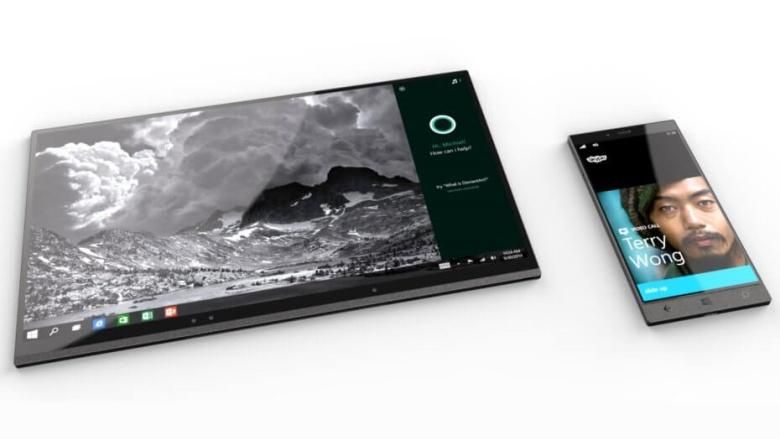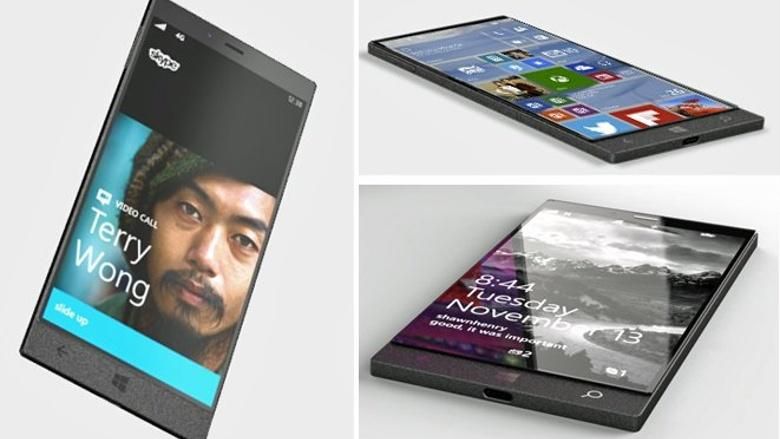The pictures of a thin phone running some version of Windows 10 on an Intel x86 processor as provided by Evan Blass now have a backstory, but as provided by Evan Blass.
Blass reported on VentureBeat that the device, non-cellular as it turned out to be in uncovered documents, may have just been the integral piece to an ecosystem of Windows 10 desktop and mobile devices envisioned from Dell. Thanks to Continuum and Universal Windows Platform apps, users would be able to move all of their computing tasks between a core phablet-sized device, other tablet form factors (such as the one pictured above next to the core device), a laptop and a desktop. The project was called Stack.
Documents showed that the tablet was originally envisioned as a 6.4-inch tablet with a full HD screen that could be equipped with an Intel Core processing unit built on the Kaby Lake architecture. Mind you, it wouldn’t be a full-blast U-series processor, but a more conservative dual-core Y-series processor (then using the Core m branding). Still, the design of x86 would give the tablet more power than an ARM chip (such as Qualcomm’s Snapdragons) to push more apps with Continuum. Docking the tablet to a desktop unit would allow Stack to harness more power — 12 watts instead of 3.5 watts.
The renders we saw seemed a little too optimistic on getting this device as thin and mobile as possible — the goal was apparently to keep the tablet under 9mm in thickness. That was until blueprints were revised to reflect Dell’s design language and the size of phablet grew to 7 inches in diameter. Complicating the space were other specs like either 4GB or 8GB of RAM and solid state disks with 128GB or 256GB of room, plus a microSD card slot to boot. A five-megapixel selfie camera would double as an iris scanner. All of that would take up a lot of room and leave less of it for heat dissipation.
Stack was conceptualized in the middle of 2014. The company bet on a commercial launch by spring of 2017. There was even a cell-enabled 6-inch planned as a second-generation device. But at this point, it’s unclear if the project is still alive or dead and for what reason.
While Intel did cancel its recent mobile chipset efforts, it is still working on propagating Kaby Lake while also selling more fitting Apollo Lake chips. Did HP’s Elite x3 chill Dell’s plans by providing a satisfying Continuum experience with the help of an ARM chip? With Microsoft interested in keeping Windows 10 on ARM and cellular connectivity, perhaps the Stack would be going too far off the grain to garner it full-throat support?
There are plenty of questions, but only so much storyline. What is clear is that there is consumer interest for hub-distributed computing. It will be realized by a supplier at some point — Neptune wants to do it for Android — and if Dell doesn’t do it first for Windows, perhaps another OEM or even Microsoft will.


